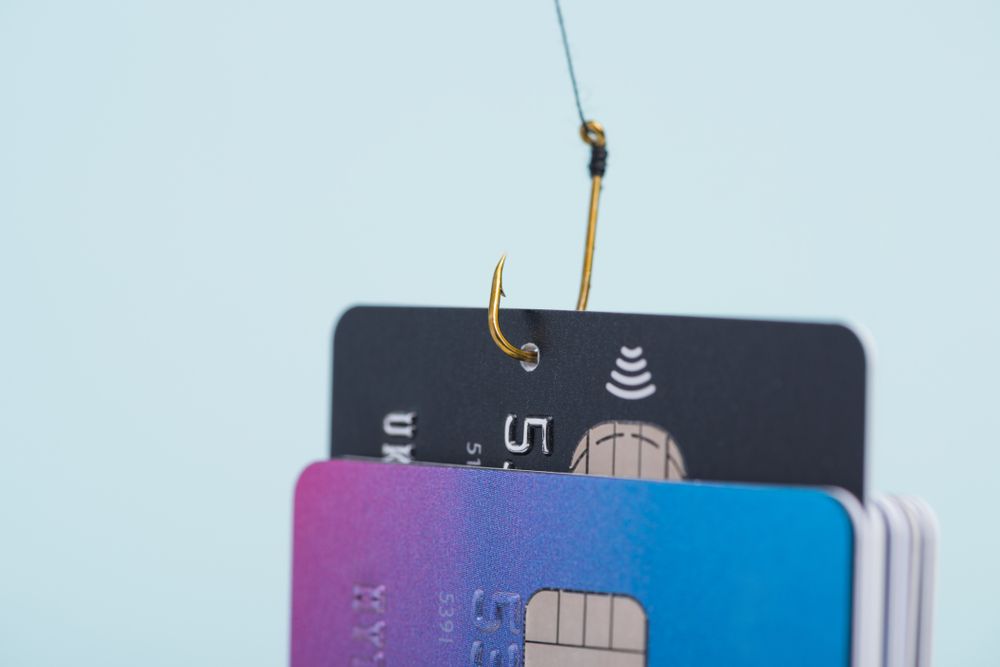What Should I Do If My Credit Card Gets Stolen in Singapore?
Updated: 11 Apr 2025
Let's hope this never happens to you. But in case it does, here are 6 things you should do immediately after your credit card gets stolen in Singapore.
Written bySingSaver Team
Team

Identity theft is the most common fear of credit card holders. While rare and quite easy to prevent, there may be times when you slip up. These are the immediate steps you need to take, once you find out your credit card gets stolen and no longer under your control:
Step 1: Contact the Issuing Bank and Cancel the Card
Your first priority should be to call the issuing bank. Tell them you need to have the card cancelled immediately; the sooner this is done, the sooner the thief will be unable to use it.
This also applies when you misplace a credit card. Even when there’s probably no theft involved, cancel the card anyway. It is not difficult to reactivate the card later, and someone who finds the card may be tempted to use it.
Note that banks require you to report the loss within a reasonable time, or you will be held liable for the charges. The “reasonable time” period is defined by the bank.
Step 2: Make a Police Report, and Get a Copy of the Report
This step is crucial. The bank will demand proof that a crime was committed, and that you are not lying to avoid repayments.
You must make a police report, and obtain the following:
-
The name of the investigating officer(s)
-
A copy of the police report
-
A direct line to the investigating officer(s) if possible. This could save you a lot of trouble later, especially if your card was stolen in a foreign country. Never assume that a country’s police force has efficient administration.Note that simply calling and informing the police does not suffice.You must have the written report.
Step 3: Inform Your Insurance Agent
If you have insurance that pertains to the situation (e.g. travel insurance if you lost the card overseas), call your agent and ask for help. The agent will usually ask you to obtain certain documents, which will be needed for any claims.
If you are having problems making insurance claims, like us on Facebook and look out for our next article on claims tips.
If no unauthorised charges have been against your card, you should now wait a week and then ask for a new card to be issued.
But if unauthorised charges have been made against your card, proceed to the following steps.
Step 4: Call the Bank Again and Raise a Dispute
Call the bank and specify that you are raising a dispute on the unauthorised charges. Take down the name of the person you speak to, and note down the date.
The bank will often mail you a dispute form to fill in and return. Alternatively, you will be asked to visit a bank branch and fill in the form. The latter is usually the better choice--speak to the branch manager if possible, and have her walk you through the process of filling in the dispute claim.
Be sure to point out you have a police report (see step 2), and make a copy to attach to the dispute claim. If you have the claim forms from your insurer, you might want to attach them as well.
Once you are done with the dispute claim, make a copy of it before submitting it.
Step 5: Check the Transaction History with the Unauthorised Claims
Open the transaction history, and check the places at which the identity thief used your card. Knowing the physical locations could be helpful to investigators later. In particular, look out for websites or online services--more than a few people have given information to dating sites or video subscription sites, without realising that many of these are fronts for credit scams.
If you signed up for any of these sites (they may not appear under the same name in your transaction history), there is a high chance you will be liable for the charges. Nonetheless, you can at least identify them and clean out any spyware that would cause a repeat incident.
Step 6: Seek Legal Advice on Your Liability
Approach organisations such as CASE, or a law firm, to learn about your maximum liability. Under guidelines from the Associated Banks of Singapore (ABS), your maximum liability in the event of identity theft is $100.
However, there is a chance that your bank may try to hit you with the full amount by picking on technicalities (e.g. if the police classified the case as robbery instead of identity theft). Alternatively, they may argue that the theft was a result of your negligence, and that you should be liable. It will then be up to you whether to seek legal recourse, or work out a repayment with the bank.
In many cases however, banks will cap your liability at $100. Most banks would prefer to write off the amount than lose a customer, or invite unwanted media attention.
About the author
SingSaver Team
At SingSaver, we make personal finance accessible with easy to understand personal finance reads, tools and money hacks that simplify all of life’s financial decisions for you.